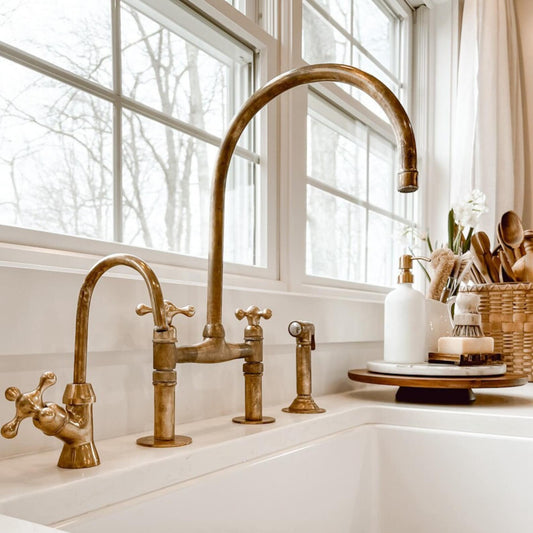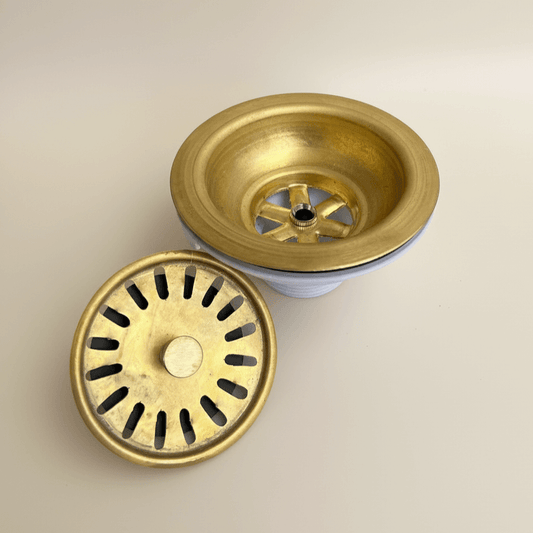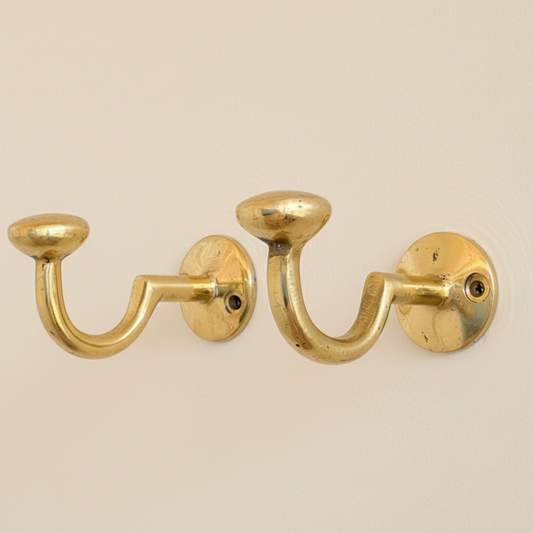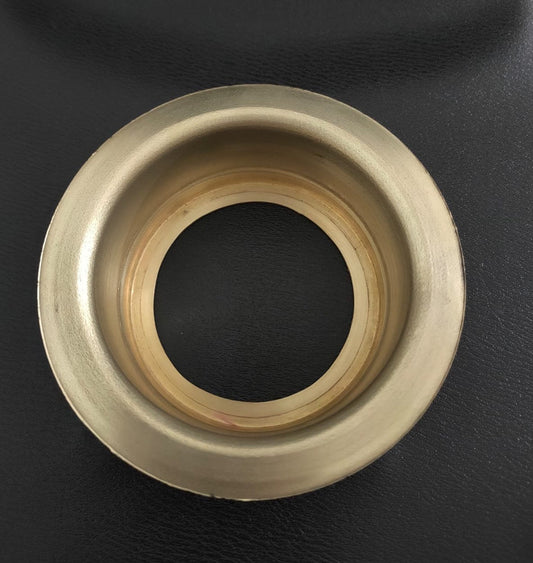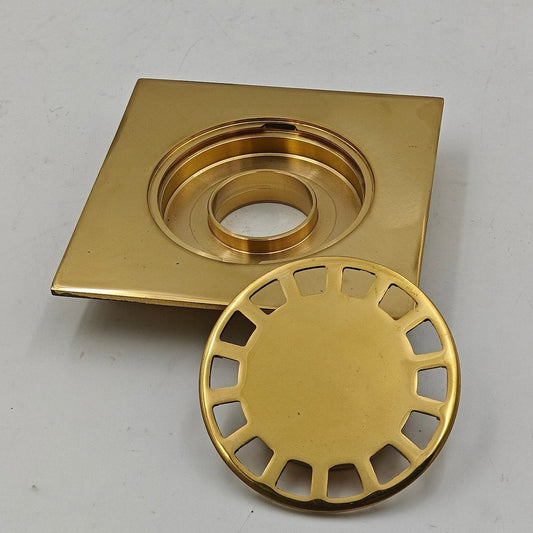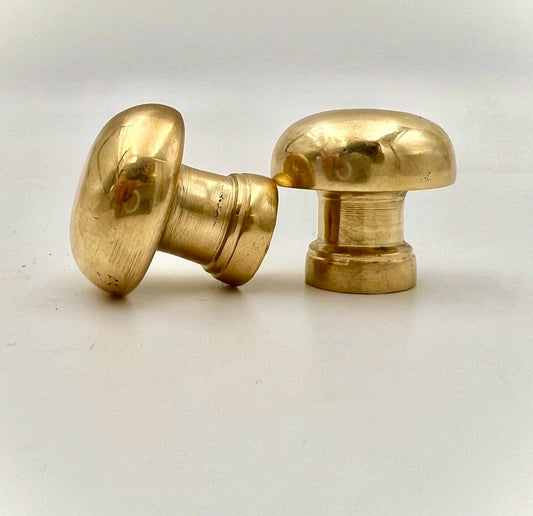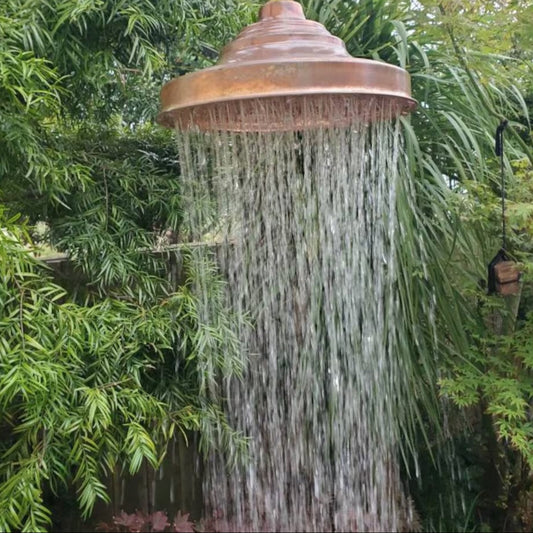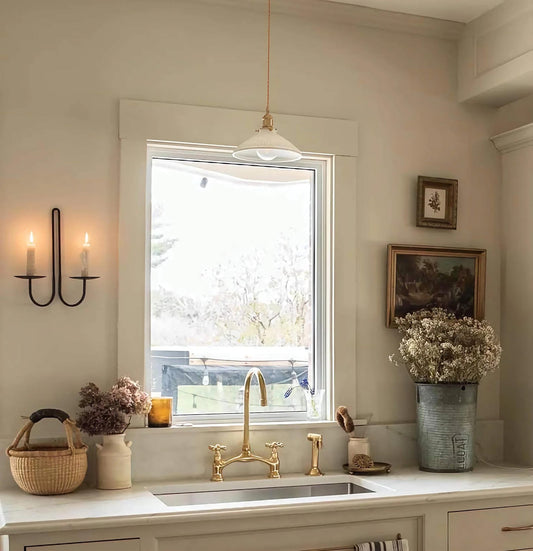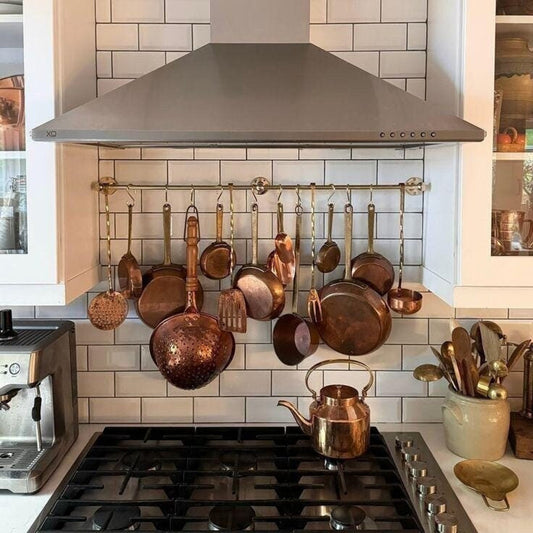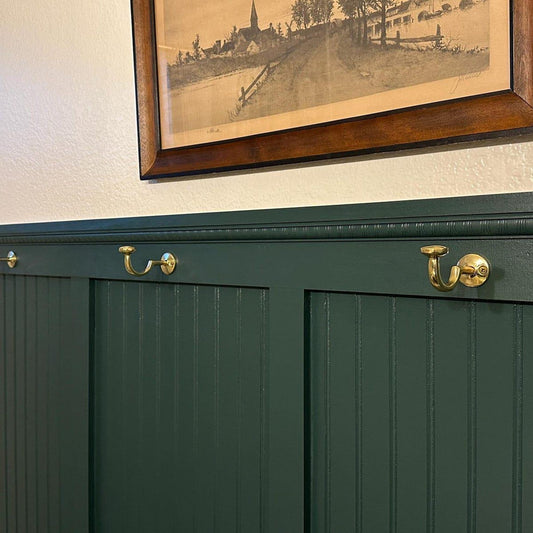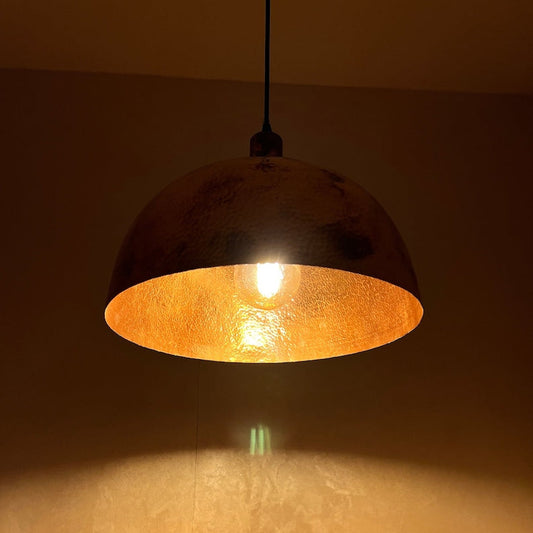Lacquered brass vs Unlacquered brass
When it comes to selecting the perfect finish for brass fixtures in your home, such as brass faucet kitchen or brass door knobs, understanding the difference between lacquered and unlacquered brass is essential. These finishes not only dictate the look of your brass fixtures but also their durability and how they age over time, particularly in terms of developing a patina.
Brass, known for its bright gold-like appearance, is a popular choice in homes for its durability and classic look. It's widely used in fixtures like kitchen faucets and door knobs. The choice between a lacquered or unlacquered finish can significantly affect the aesthetics and functionality of these items.
But first ..
What is Lacquered Brass and Unlacquered Brass ?
Lacquered brass is treated with a clear coating that protects the metal from oxidation and tarnishing. This means that lacquered brass fixtures, whether they are faucets or door knobs, maintain their original sheen and color over time, requiring less maintenance compared to their unlacquered counterparts.
Unlacquered brass, on the other hand, is raw brass without any protective coating. This finish is known for its ability to develop a patina over time, especially in high-touch areas like brass faucet kitchen and door knobs. A patina faucet, for instance, can exhibit an evolving look that many homeowners find appealing for its antique, lived-in character.
How Does Unlacquered Brass Age?
The aging process of unlacquered brass is what sets it apart. Over time and with exposure to air and oils from human touch, unlacquered brass begins to darken and develop a patina. This natural aging process, often sought after for its unique and rustic appearance, can add a touch of elegance and history to any space.
Pros and Cons of Lacquered and Unlacquered Brass ?
Choosing between lacquered and unlacquered brass comes down to personal preference and practicality. Lacquered brass requires less maintenance and retains its shine, making it a practical choice for high-use areas. Unlacquered brass, while requiring more upkeep, offers a dynamic appearance with its evolving patina, especially appealing in heritage or rustic home designs.
Maintenance Tips for Brass Fixtures
To maintain lacquered brass, regular dusting and occasional cleaning with a damp cloth are usually sufficient. For unlacquered brass, regular cleaning is necessary to prevent excessive tarnishing, and some may choose to polish it periodically to restore its original shine. However, if you desire the patina look, minimal intervention is best.
Whether you choose lacquered or unlacquered brass for your kitchen faucets, door knobs, or other home fixtures, each type offers its unique charm and characteristics. Consider how the finish complements your home's style, and how much maintenance you're willing to commit to when making your choice. Remember, the beauty of brass lies in how it contributes to the overall aesthetic and feeling of your home.
